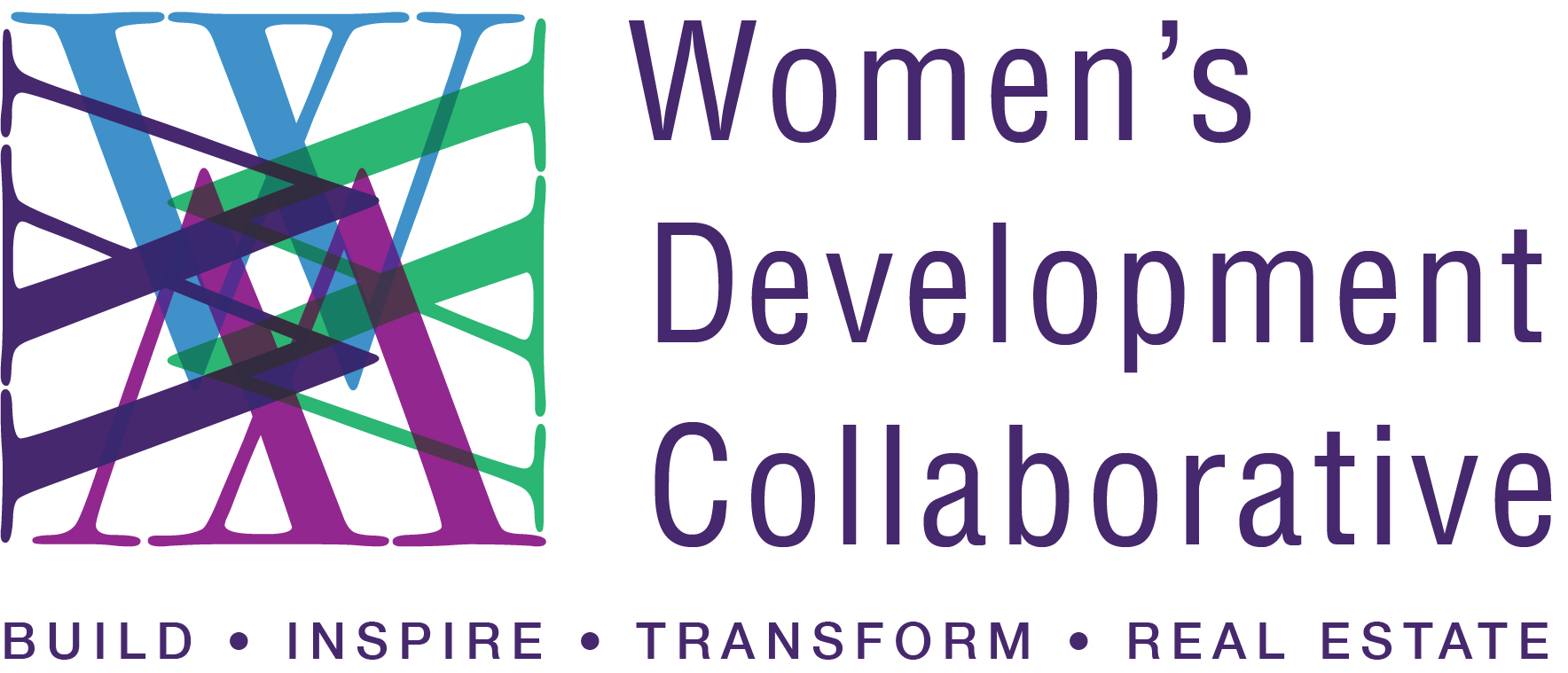What’s Happening with Healthcare and Healthcare Real Estate in Response to COVID-19?

June 18, 2020
COVID-19 has had a supernova effect on Healthcare. Mary Beth Kuzmanovich, Lillibridge
COVID-19 is affecting healthcare delivery, driving changes in real estate, and sponsoring innovation. Introduced by Emma Littlejohn of Emma and Company, this session highlights the paradox of financial strain on healthcare systems, which are central to the successful navigation of the pandemic crisis, yet losing critical operating funds.
Owned by Ventas, a powerhouse REIT, Lillibridge was founded as a healthcare company that focuses on real estate, currently boasting 20 million square feet in 32 states. Mary Beth Kuzmanovich walked us through some basics of the HCRE market, moving quickly to the dynamism of COVID. As hospitals have been central players in fighting the pandemic, one could be forgiven for assuming that the healthcare sector has done well financially these past three months. But hospital income is reliant upon procedures, while medical services (e.g. ICU beds) are not profitable. Critical care has jumped, straining Emergency Rooms and intensive services, while other departments have stalled; routine procedures, and non-critical treatments have been suspended. Many facilities are now financially strained, putting off projects that may have been in the pipeline. Medical Office Buildings (MOBs) are the home to doctor, dentist, therapist offices, and have been closed during the shut-down. Cancer centers, endoscopy centers, and ambulatory services have been closed or have reduced activity, and in many cases tenants are not paying rent.
Mary Beth's take on the pandemic curve is fascinating. She notes there is no 'second wave' coming, but a series of drops and spikes that will persist until a vaccine is secured. She reported on the slow-down of investments, sales, and cap rates. Senior housing has been hit especially hard as facility operators have had the bear the cost of PPE equipment, heighten cleaning standards, and loss of efficiencies in services like dining. The discussion period covered a range of topics including natural ventilation, design standards, vaccine delivery and tele-medicine. Both Emma and Mary Beth described new models of mixed-use development that include medical services, with varied models of housing for work-force, short-term, and residences for families.
